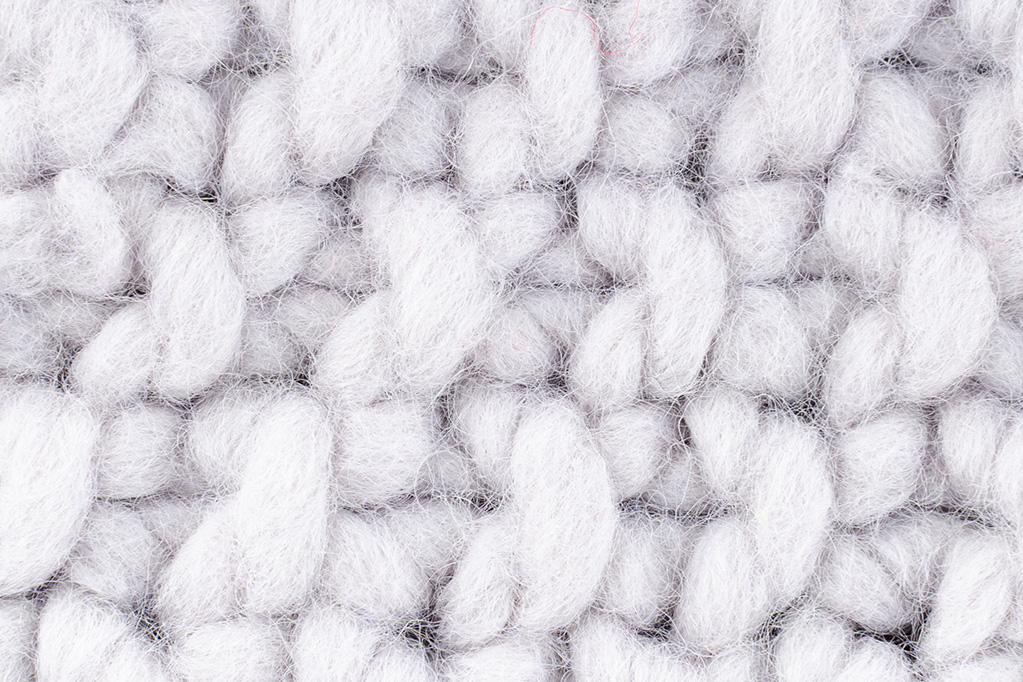Short Fibre Content in Cotton Is It The Next Big Challenge for Spinners? Continued Part 2
By R. Janarthanan, COO, Texcoms Textile Solutions, Singapore
Reduction or elimination of short fibres before yarn forming
Fibres below 12.5 mm in length neither contributes to quality or strength of the yarn. The higher presence of Short fibres in roving becomes a nightmare for spinners particularly when we face problems for minimum number of fibres required in the cross section to spin a particular count. We need at least 75 fibres in case of carded and 35 fibres in case of combed yarn in the cross section. The IPI values and end breaks shoot up and productivity is lower. Hence reducing the SFC at every stage becomes important ,but due care to be taken to also maintain yarn realisations as it is so very difficult to eliminate only short fibres ,once created. Let us look at how we can do a balancing act.
- Genetic causes: The ginners mostly own the farms or advise farmers on the cotton requirements.it is important that the whole value chain understands the importance of lower levels of Short fibre in the lint and take appropriate action as stated earlier to grow cotton with care.
- Mechanical causes:
-
- Care in picking cotton bolls, gentle precleaning, right settings in ginning and good business practices in ginning will definitely result in bales with lower SFC.
- Blowroom: There is always a tradeoff between eliminating trash and damaged fibres. The intensity and the process where we need to remove trash can be determined only with correct evaluation of the fibre damages by testing and setting the machines and process. Strict quality evaluation and controls will help in the optimum process setting in the blowroom and lower SFC.
- Carding: Improving Nep removal efficiency without fibre damage / increased SFC is one of the core functions of a carding process. Trials and testing at frequent intervals will help us in monitoring and control of the SFC in the carded sliver.
- Pre spinning :Proper adjustment of the drafting suction system and removal of waste in regular intervals will eliminate most of the floating short fibres. Drafting zone roller settings to be adjusted as per the staple lengths so that we do not break the fibre and increase the SFC. Comber noils is one more tool available with spinner to eliminate short fibres. Noils so removed should contain atleast 80 % short fibres so that good long fibres do not get removed and thus resulting in lower yarn realization. We may not be able to remove short fibres anymore in the process after the finisher draw frames.
Effects of Higher SFC in Yarn
Short Fiber Content by Number is the most significant fiber property which has to be monitored on continuous basis and can cause processing as well as excess fiber loss resulting in higher manufacturing cost as explained in the table below. This table clearly lists out the additional cost incurred per kg for various levels of Short fibre below 12.5 mm in the incoming cotton. A bale with 35 % SFC(n) will result in almost half a dollar additional raw material cost with many working problems and quality issues. Any Cotton lint with above 25 % SFC(n) is a nightmare for a spinner.

The proportion of short fibers has a very substantial influence on the yarn parameters namely End breaks, strength, IPI values, Hairiness and Uniformity. Production losses due to reduced speeds is another major factor to be considered. Besides this influence, a large proportion of short fibers also leads to considerable fly contamination (among other problems), and thus to strain on personnel, on the machines, on the work- room, and on the air-conditioning, and also to extreme drafting difficulties. Unfortunately, the proportion of short fibers has increased substantially in recent years in cotton available from many sources. The table below highlights the effects of higher SFC in the cotton lint on various yarn parameters.
| Mix (Ne) | SFC(N) % | Yarn Quality results | Spinning Performance | |||||||||
| Mixing | Comber sliver | U% | Thin
(-50%) |
Thick
(+ 50%) |
Neps (+200%) | Total IPI | RKM | Elongation | Winding cuts / 100KM | Ring frame End breaks | Grams per Spindle (GPS) | |
| 40s CC | 26.0 | 11.5 | 9.8 | 0.3 | 20 | 50 | 71 | 21.3 | 4.2 | 70 | 3.6 | 147 |
| 40s CC | 31.2 | 17.0 | 10.1 | 1.0 | 24 | 94 | 119 | 20.4 | 4.1 | 115 | 5.5 | 127 |
| 60s CC | 23 | 9.5 | 11.0 | 14 | 36 | 76 | 126 | 21.3 | 3.6 | 95 | 3.3 | 81 |
| 60s CC | 30.3 | 15.0 | 11.5 | 18 | 80 | 161 | 259 | 20.5 | 3.4 | 131 | 5.4 | 68 |
| 80s CC | 21.0 | 6.0 | 11.2 | 21 | 47 | 107 | 175 | 22.2 | 4.2 | 90 | 3.9 | 50 |
| 80s CC | 25.5 | 9.1 | 12.0 | 34 | 103 | 239 | 376 | 21.5 | 3.9 | 128 | 6.1 | 45 |
Figure 6: Case Study – Impact of “Short fibre content % (SFCN)” Vs “Yarn results”
As per the above case study, short fibre influences yarn strength, neps , evenness and imperfections, processing waste, winding cuts , spinning end breaks as well as spinning productivity.
Conclusion
Care must be taken to test as many incoming bales as possible for SFC(n) and set limits for the rejection of the supply based on this parameter. Once the cotton is in and the processing starts ,testing and monitoring of the process should be the only mantra to control the quality costs.


